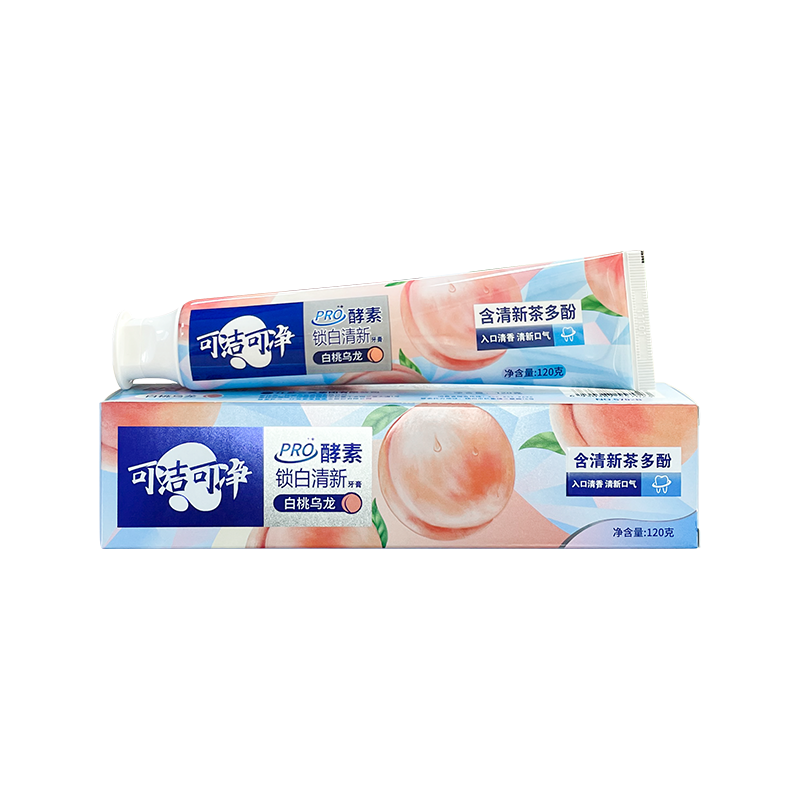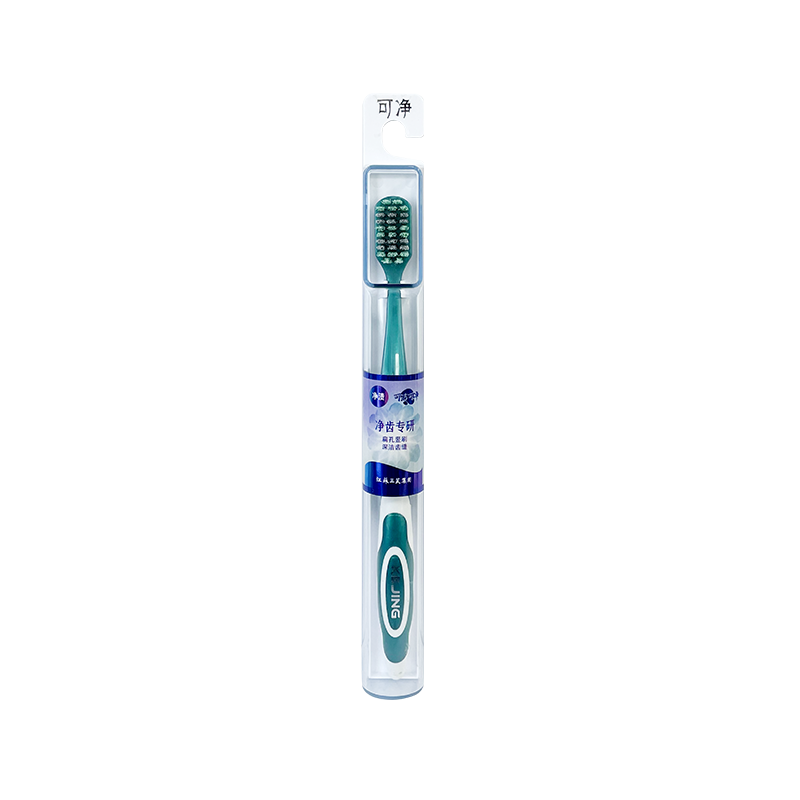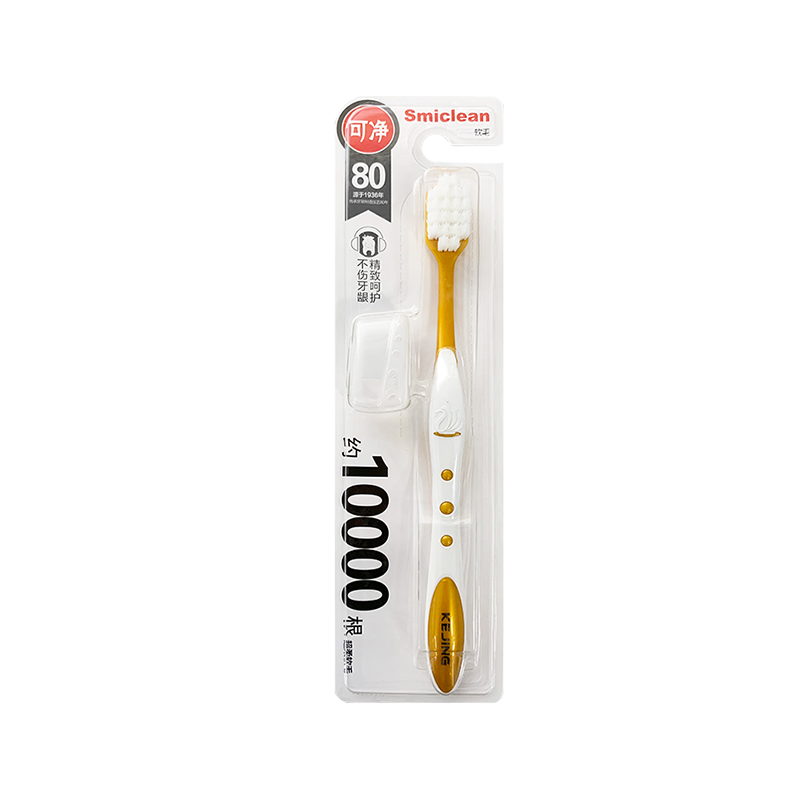How Does Sensitive Toothpaste Work on Exposed Dentin or Gum Recession?
Tooth sensitivity is a common dental problem affecting millions of people worldwide. It often occurs when dentin, the inner layer of the tooth, becomes exposed due to enamel erosion or gum recession. This exposure can lead to sharp pain when teeth are subjected to hot, cold, sweet, or acidic stimuli. Sensitive toothpaste has become a widely recommended solution for managing this discomfort, offering both protective and therapeutic effects. This article delves into how sensitive toothpaste works on exposed dentin and gum recession, its active ingredients, mechanisms, and best practices for use.
1. Understanding Tooth Sensitivity and Gum Recession
1.1 Anatomy of the Tooth
A tooth consists of three primary layers:
- Enamel: The hard, outermost protective layer of the tooth.
- Dentin: A porous layer beneath the enamel containing microscopic tubules that communicate with the nerve center of the tooth.
- Pulp: The innermost part of the tooth containing nerves and blood vessels.
When enamel wears down or gums recede, dentin becomes exposed, allowing external stimuli to reach the nerves inside the pulp, causing pain.
1.2 Causes of Dentin Exposure and Gum Recession
- Brushing habits: Overly aggressive brushing can wear enamel and damage gum tissue.
- Periodontal disease: Gum inflammation and infection can cause gums to pull away from the teeth.
- Acidic diet: Frequent consumption of citrus, soda, or vinegar can erode enamel.
- Tooth grinding (bruxism): Excessive pressure can wear down enamel over time.
2. How Sensitive Toothpaste Works
Sensitive toothpaste is specifically formulated to reduce discomfort caused by exposed dentin and gum recession. Its effectiveness relies on active ingredients and unique mechanisms that either block nerve response or rebuild protective barriers.
2.1 Occluding Dentin Tubules
One of the main mechanisms of sensitive toothpaste is occlusion of dentin tubules. The exposed dentin contains tiny channels that lead directly to the pulp. When these channels are blocked, external stimuli cannot trigger the nerve endings.
Key Ingredients for Occlusion:
-
Potassium salts (e.g., potassium nitrate):
- Penetrates the tubules and calms nerve activity, reducing pain signals sent to the brain.
- Usually requires consistent use over several weeks for optimal effect.
-
Calcium compounds (e.g., calcium carbonate, calcium phosphate, hydroxyapatite):
- Physically fills the tubules, creating a protective barrier.
- Promotes remineralization, restoring the tooth surface over time.
-
Strontium salts (e.g., strontium chloride or acetate):
- Similar to calcium compounds, they deposit in dentin tubules, reducing fluid movement and sensitivity.

2.2 Nerve Desensitization
Some sensitive toothpastes use potassium-based formulations to reduce the excitability of nerve fibers within the dentin. By decreasing the ability of nerves to transmit pain signals, these toothpastes provide temporary relief even when the tubules remain partially open.
2.3 Enamel and Gum Support
-
Fluoride:
- Fluoride helps strengthen remaining enamel, reducing further dentin exposure.
- Fluoride compounds also aid in remineralization, helping teeth recover from early enamel erosion.
-
Xylitol and Antibacterial Agents:
- Some formulations include xylitol or antimicrobial compounds that protect the gums and prevent further recession caused by bacterial buildup.
3. Mechanisms Specific to Gum Recession
Gum recession exposes the cementum and sometimes dentin near the tooth root. Sensitive toothpaste helps in these areas by:
-
Creating a Protective Layer Over Exposed Roots:
- Ingredients like arginine and calcium carbonate form a thin film over the root surface, reducing irritation from external stimuli.
-
Promoting Remineralization:
- Hydroxyapatite or fluoride-based compounds rebuild lost minerals on the exposed dentin and cementum, partially restoring the natural protective barrier.
-
Reducing Inflammation:
- Anti-inflammatory agents or soothing components can calm the gum tissue, reducing sensitivity triggered by gum irritation.
4. Application and Usage Guidelines
To achieve maximum benefits from sensitive toothpaste, proper brushing techniques and consistency are critical.
4.1 Brushing Technique
- Use a soft-bristled toothbrush to avoid further enamel or gum wear.
- Apply gentle pressure, moving in circular motions rather than aggressive scrubbing.
- Avoid brushing immediately after acidic foods or drinks; wait 30–60 minutes to prevent enamel erosion.
4.2 Frequency and Duration
- Brush twice daily, using a pea-sized amount of sensitive toothpaste.
- Many potassium-based toothpastes require 2–4 weeks of consistent use for noticeable reduction in sensitivity.
4.3 Complementary Practices
- Use fluoride mouthwash to enhance enamel protection.
- Consider soft night guards for individuals who grind their teeth.
- Maintain regular dental check-ups to monitor gum health and detect underlying issues.
5. Effectiveness and Limitations
Sensitive toothpaste is highly effective for mild to moderate tooth sensitivity, particularly when caused by:
- Enamel erosion
- Gum recession
- Post-dental procedures
However, there are some limitations:
- Severe gum recession or exposed roots may require additional dental interventions, such as desensitizing treatments, bonding, or gum grafts.
- Results are gradual and require consistent daily use; occasional brushing is insufficient.
- Toothpaste does not cure underlying causes like periodontal disease or bruxism—it manages symptoms rather than treating the root cause.
6. Advantages of Using Sensitive Toothpaste
- Non-invasive Solution: Avoids the need for injections or dental procedures for mild sensitivity.
- Dual Functionality: Protects enamel while reducing sensitivity.
- Accessibility: Available over-the-counter, convenient, and cost-effective.
- Safe for Long-Term Use: Regular formulations are safe for most adults when used as directed.
7. Future Trends in Sensitive Toothpaste
- Nanohydroxyapatite: Emerging ingredient that penetrates deeper into dentin tubules and strengthens enamel.
- Bioactive Compounds: Ingredients that promote natural tissue regeneration for exposed roots.
- Natural Formulations: Using herbal extracts to reduce inflammation and sensitivity without synthetic chemicals.
- Customized Toothpaste: Based on individual sensitivity patterns or enamel wear profiles.
8. Conclusion
Sensitive toothpaste plays a crucial role in managing discomfort from exposed dentin and gum recession. By occluding dentin tubules, desensitizing nerves, and supporting enamel remineralization, these specialized formulations provide both symptom relief and preventive protection. Consistent use, combined with proper oral hygiene and regular dental care, can significantly reduce sensitivity, improve comfort, and protect vulnerable areas of the teeth and gums.
While sensitive toothpaste is not a cure for severe gum recession or advanced periodontal disease, it is an effective, accessible, and non-invasive tool for managing tooth sensitivity in daily life. With ongoing innovations in bioactive and nanotechnology-based ingredients, the future of sensitive toothpaste promises even greater efficacy in protecting exposed dentin and promoting oral health.
 English
English русский
русский Español
Español




